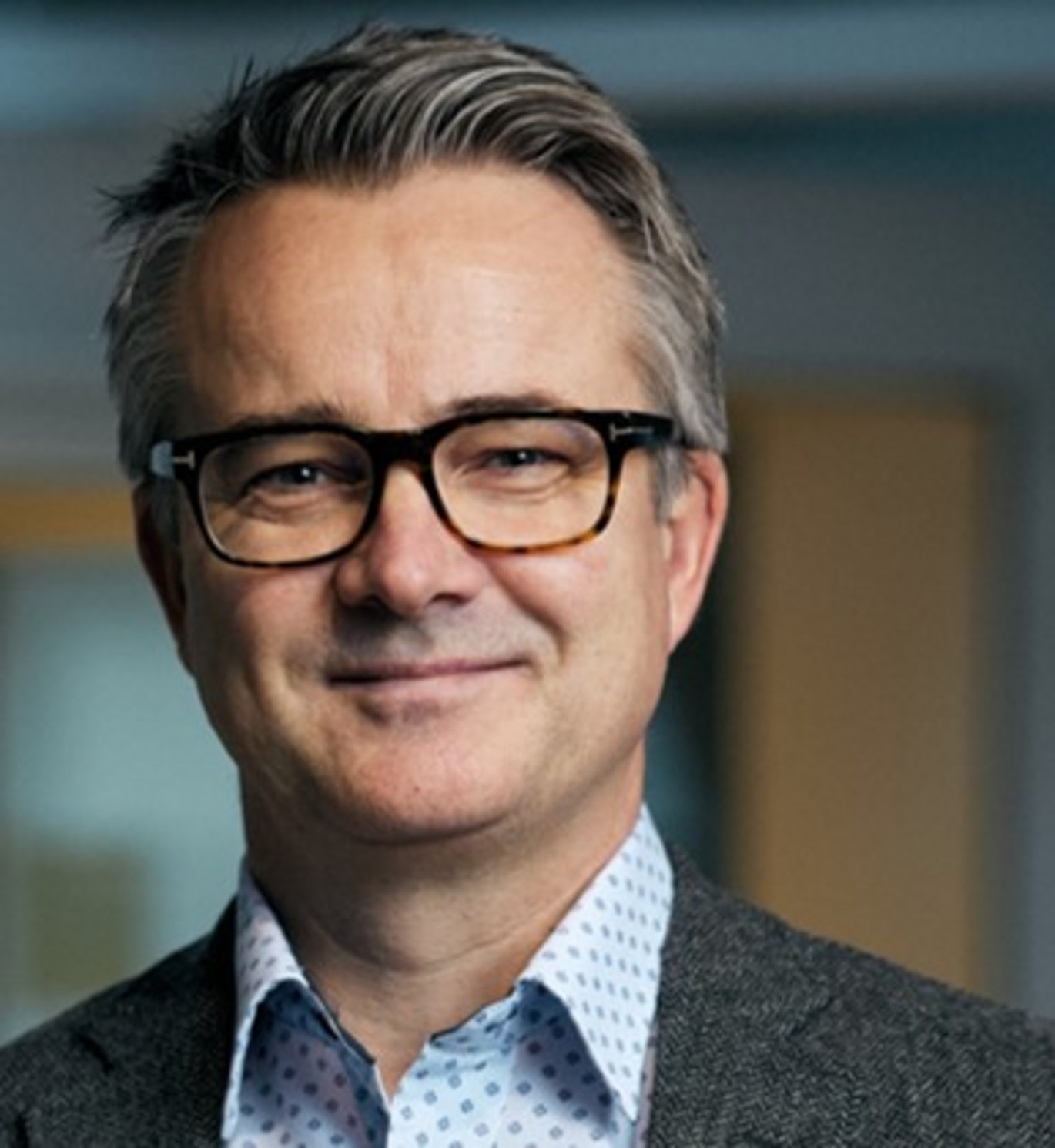EU MISSION GRANT IN SECOND ATTEMPT
Professor Lars Dyrskjøt Andersen from the Department of Clinical Medicine and his European partners have secured a Horizon Europe Cancer Mission grant of EUR 9 million. This was his second attempt at applying for a Mission grant. He believes the experience from the first application process and the attention to every detail in the call resulted in an application that received the highest score possible.

The Mission programme under Pillar 2 of Horizon Europe contains five missions. One of the missions is cancer. The goal of the mission is to improve the lives of more than 3 million people suffering from cancer by 2030.
Professor Lars Dyrskjøt Andersen's research group is focused on developing a better understanding of biological processes in the development of cancer, with a special focus on bladder cancer and why some patient groups respond better to immunotherapy than others.
The Mission project will identify biomarkers, investigate the interplay between tumours, the microenvironment and the immune system, and prepare a guide for future treatment. The project will also use AI.
First mission application was rejected
Lars Dyrskjøt Andersen also has experience writing a Mission application that was rejected. In turn, the rejection was why several group members chose to join forces on a new application for a subsequent call. 'It meant that we had a good starting point for the collaboration and the writing process; we already knew each other. New partners joined us as well, so we ended up with a really strong team,” says Lars Dyrskjøt Andersen.
The application must address every part of the grant call. If not, the application will not receive a high enough score. And you should not try to shift the project in a direction that you find more interesting, but which does not reflect the requirements of the call. “We had many discussions about each point in the call to make sure that we answered everything properly. The language used is complicated and there are many aspects that need to be considered in a Mission application: The added value to society, gender differences, research ethical approvals or challenges, data sharing, etcetera,” says Lars Dyrskjøt Andersen.
“There are 10 countries involved in the project, so the process required a lot of coordination. There were several people responsible for describing the individual work packages, and then there were a few people responsible for ensuring there was a common thread throughout the application,” he says. All the hard work resulted in an application that received the highest score and the full grant amount of EUR 9 million.
What makes an application successful?
According to Lars Dyrskjøt Andersen, it is important that you can clearly see your own research field and interest reflected in the call, and that you have a strong track record in what you bring to the table. When everyone in the group has that, then you will have a strong professional team/consortium - and not just a group of friends.
One of Lars Dyrskjøt Andersen’s responsibilities was writing work package 4 with help from fellow projects participants Professor Martin Roelsgaard Jacobsen from the Department of Biomedicine, Associate Professor Nicolai Birkbak from the Department of Clinical Medicine and Professor, Department Chair Signe Borgquist from the Department of Oncology at AUH/Department of Clinical Medicine. The Research Support Office helped with the budget. “It’s always good to have several people writing the application and then have other people review it,” says Lars Dyrskjøt Andersen.
Benefits of participating in EU projects
Preparing an EU Mission or Horizon Europe application is a time consuming affair. For some people it seems unmanageable and too time-consuming – especially given the success rate of applications. But Lars Dyrskjøt Andersen says his participation in EU projects has been of great importance to his research. He was once part of an FP7 project, and the project group still works together and carries out analyses on derivative projects. “Large EU projects can be a lever for new and exciting collaborations. The FP7 group I’m part of has just written an article together based on material and patient data collected over many years. It’s a consortium that’s still going strong 10 years after the projected officially ended. So EU projects aren’t just a way of securing funding for current research projects, they’re also a way of creating new collaboration opportunities and projects that can extend far into the future. And that can boost your own research,” he concludes.
Advice when applying for a Mission grant:
Make sure that the call reflects your research interest and your track record.
Search out relevant partners – not just your 'friends'.
Spend time on the application, properly answering everything in the call and developing a relationship with your collaboration partners.
Read the early work programme drafts and start the application process well in advance.
In case of rejection, analyse the application and apply again. If the relationships work, continue the collaboration.
Contact the Research Support Office if you have any questions about the Mission programme.